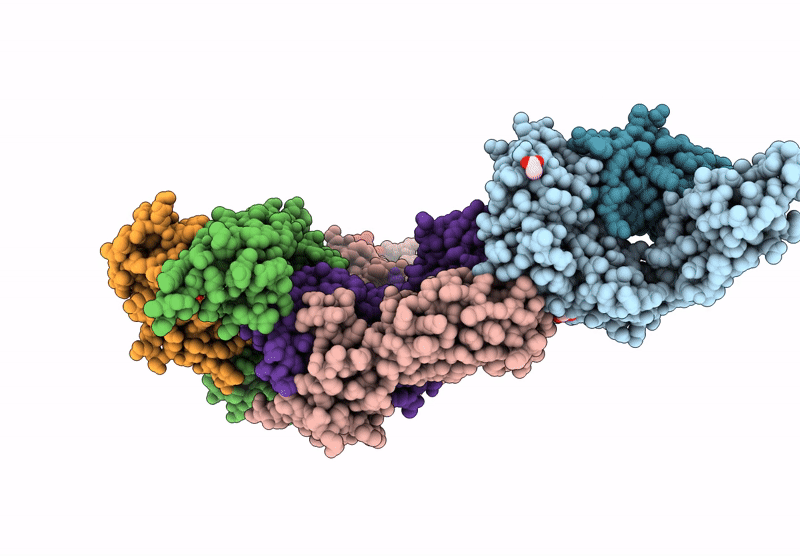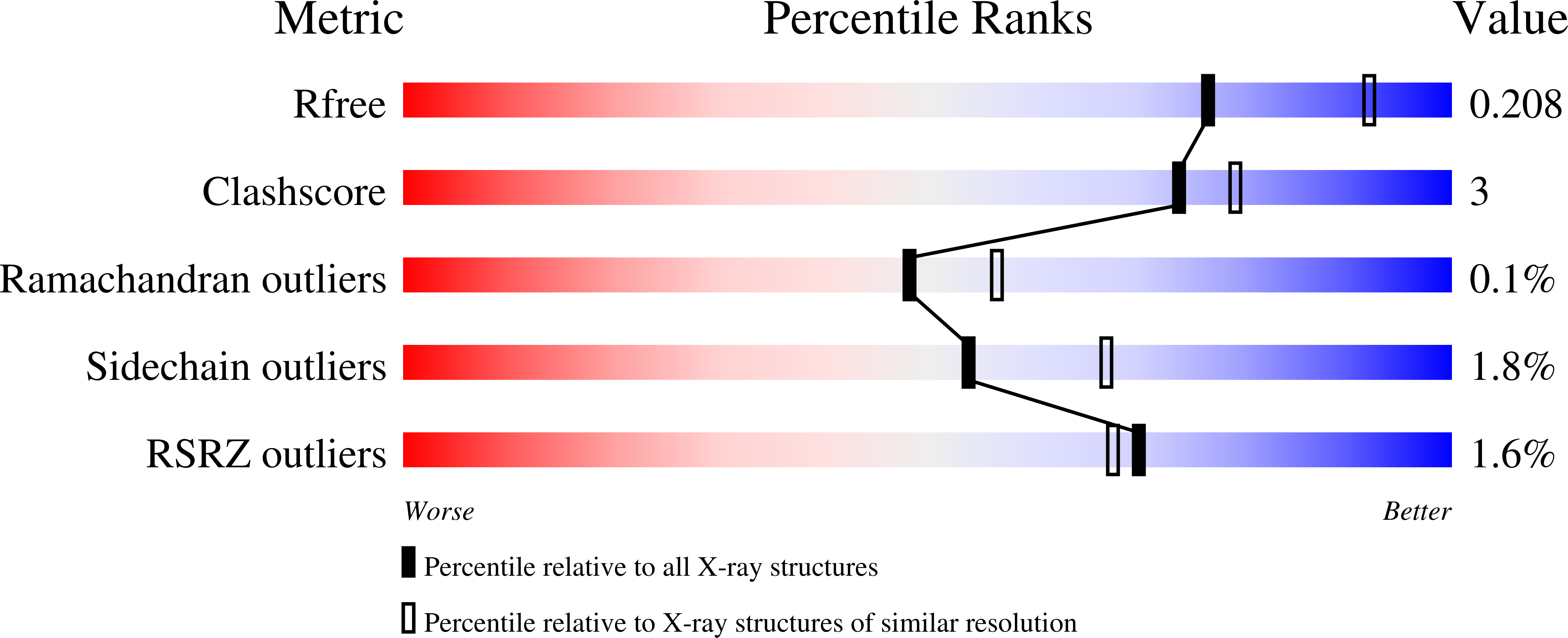
Deposition Date
2024-12-01
Release Date
2025-05-07
Last Version Date
2025-05-21
Method Details:
Experimental Method:
Resolution:
2.22 Å
R-Value Free:
0.20
R-Value Work:
0.18
R-Value Observed:
0.18
Space Group:
C 1 2 1


